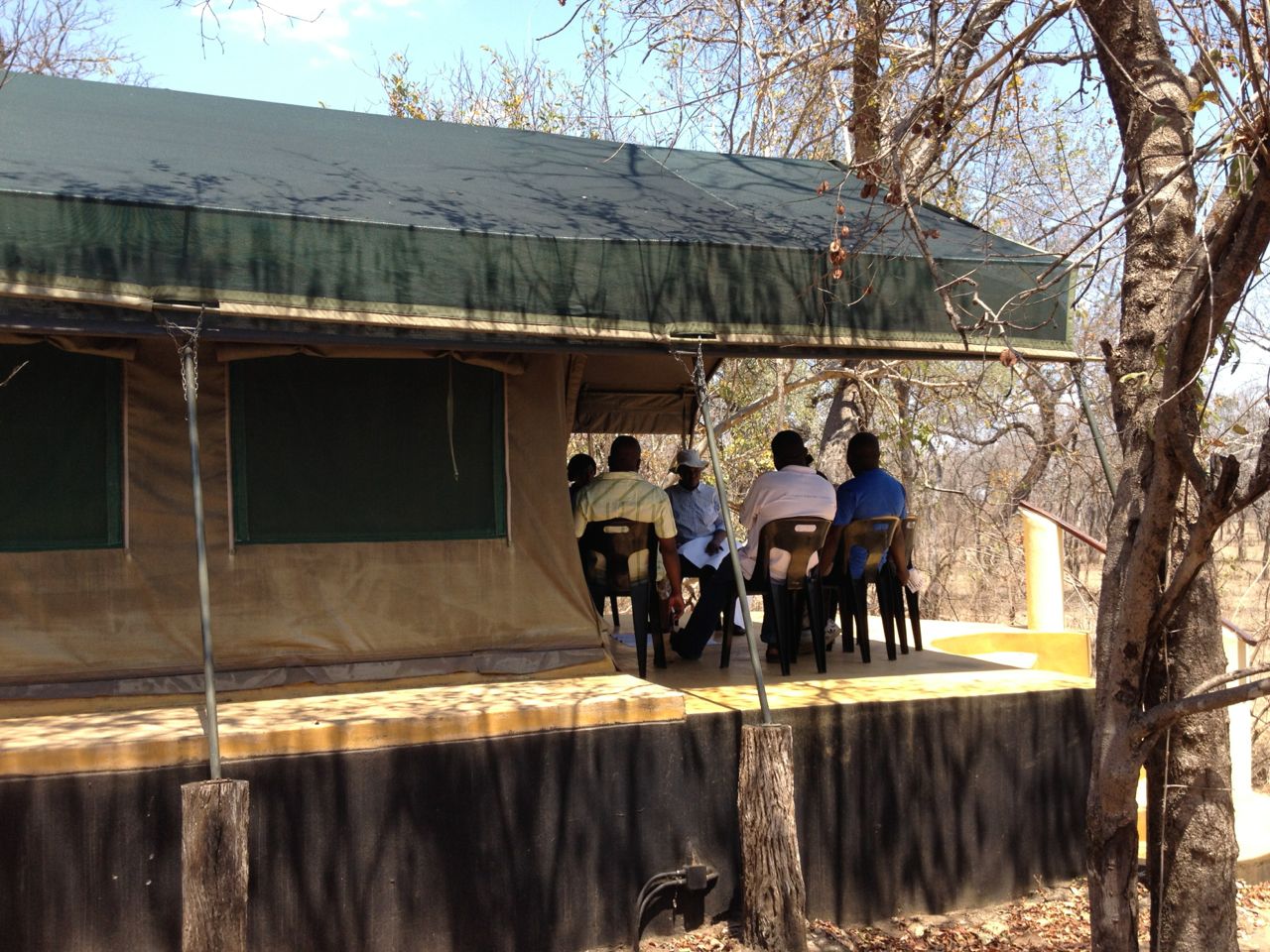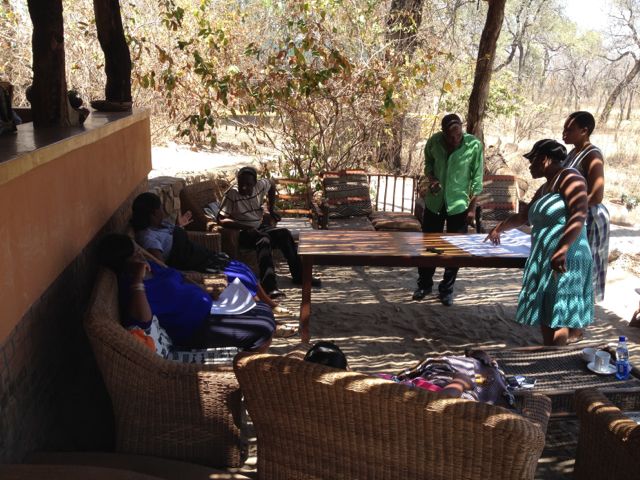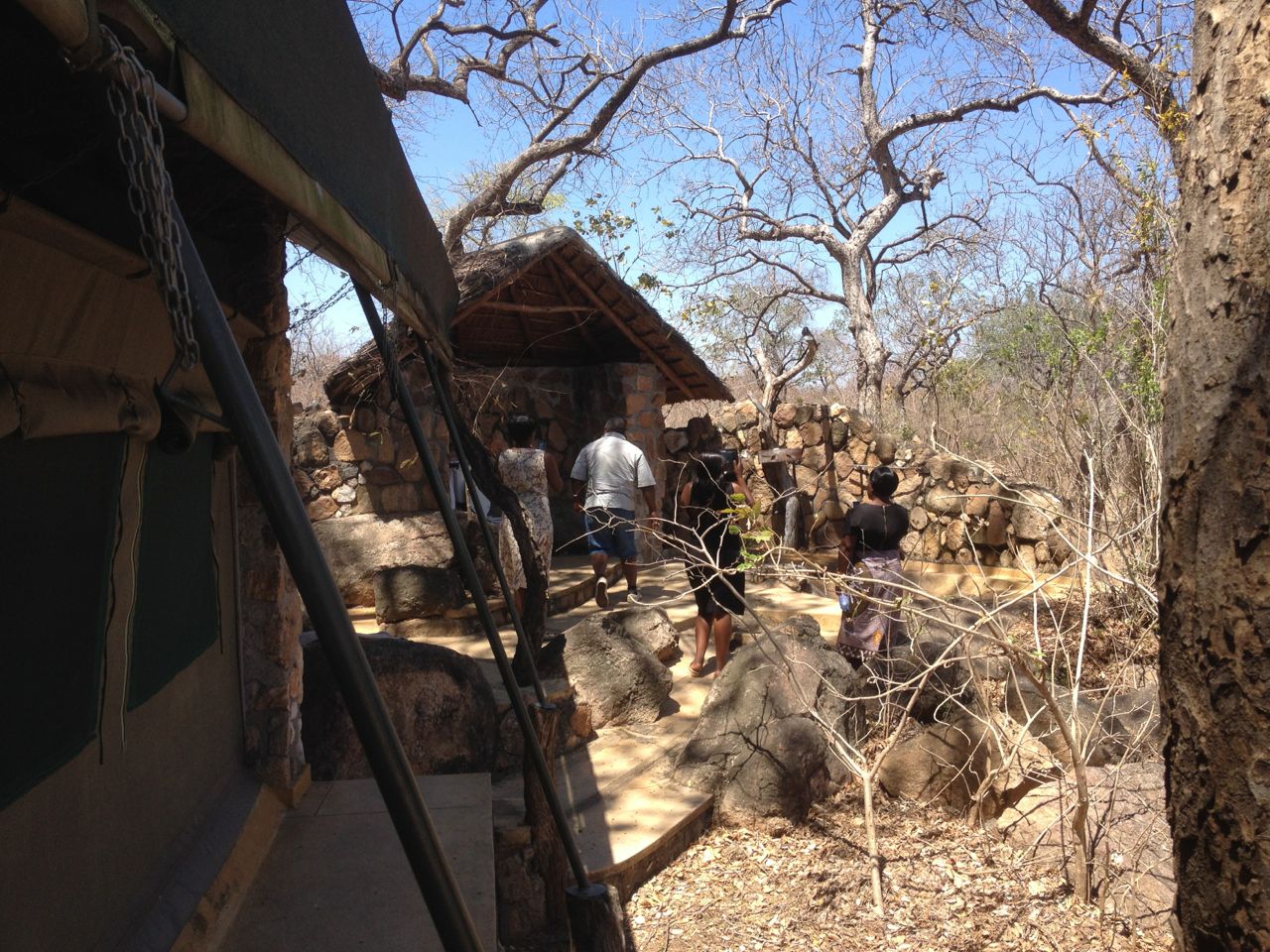All aid agencies want to demonstrate that they’ve made an impact. My current big job is to write the 2013 -14 Concern Universal Malawi Impact Report, which has been (and continuous to be) an interesting exercise. The problem is……..multitudinous.
Concern Universal Malawi is a complex organisation – a few points to illustrate:
- CU Malawi’s goal is (as is normal today) an outcome viz: ‘to have made a lasting improvement in peoples lives’.
- It currently implements approximately 23 diverse projects at various stages of completion.
- It has eleven operating centres (offices) and works in nine Regions across Malawi
- Funding for projects and programs comes from approx. 21 different donors. Each donor has it’s own agenda and reporting requirements.
- There is a combination of different projects and sub-projects, sometimes with different donors.
- There is encouragement to work with ‘partners’. With no definition of what a partnership is, there are multiple working relationships with other bodies.
With each project having it’s own goals, M&E and reporting system I have approached the problem using grounded theory, looking at the data available and seeing what emerges. I now have information and stories across nine different themes from all projects.
- Advocacy and Social Inclusion
- Agricultural Production
- Economic Development
- Environmental Sustainability
- Farm and other inputs
- Health and Nutrition
- WASH (Water, Sanitation & Hygiene)
- Working with Others
In addition, ’Impact Reports’ are necessarily subjective (as they report on the broader system, which is by definition value laden), and dependant on not just the authors but also the intended recipients. The main intended audience of such a report are the donors, but with a desire that it should be ‘rigorous’ and ‘not just a PR exercise’. I am thus also running it as a development exercise for staff, which I hope will allow them to better understand the organisation they work in, and also provide the opportunity for them to say what they want to say with regard to ‘impact’.
Using posters developed for each theme (and the ‘poster process’) I have now taken it to one team (Sugar Producers Capacity Building) for their reflections and input. Along with others, their input will then contribute to the ‘learnings’ for a document later tailored for the donors. Maybe… one day… we could get staff and donors in the same room…….

Staff comments on Environmental Sustainability activities impact: Reduction in tree cutting because of promoting solar lamps and CM stoves
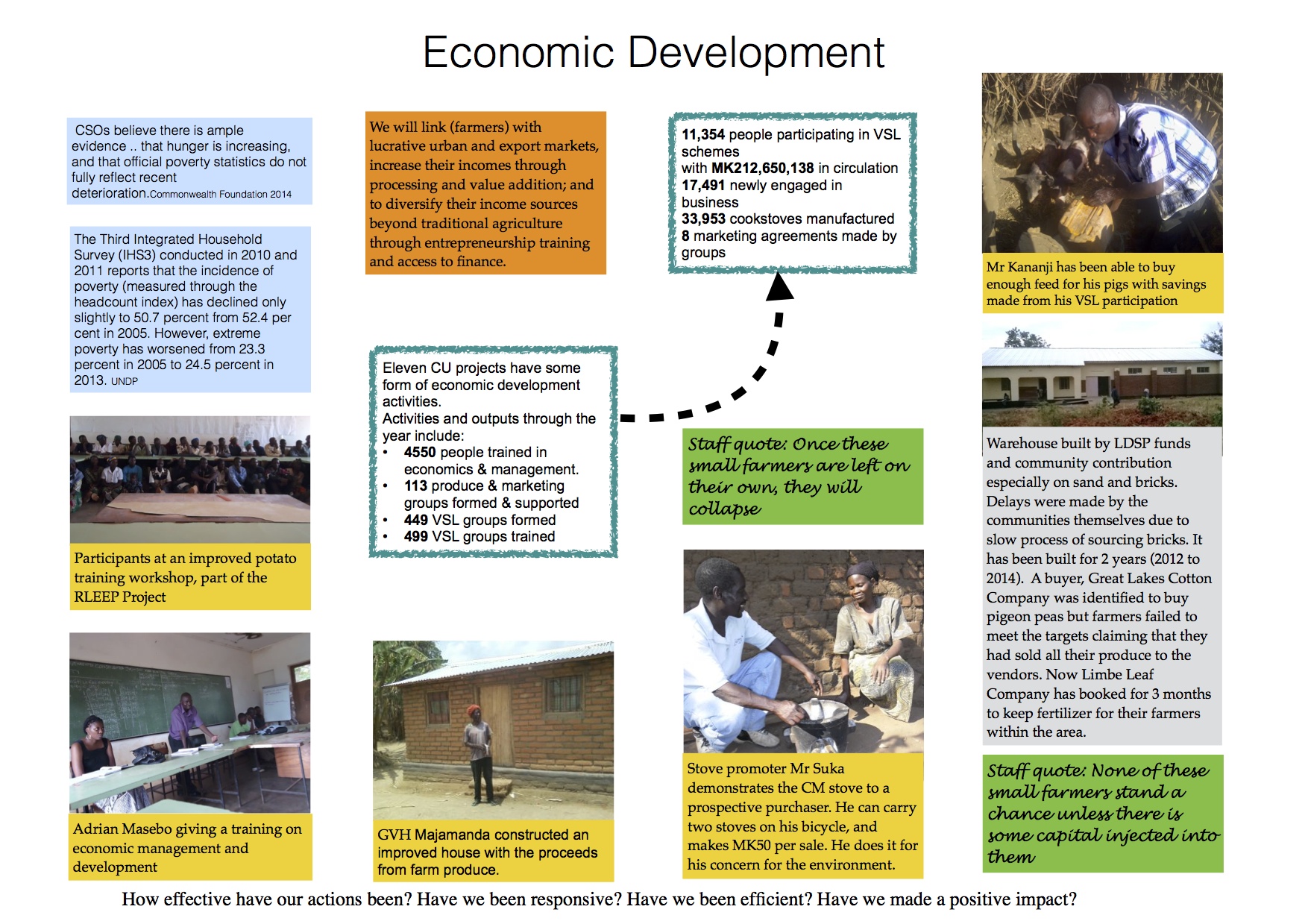
Staff comments on ‘Pro-poor’ Economic Development activities – Fairly good impact on linking farmers to lucrative markets as witnessed by the involvement and contribution of Fairtrade: Excellent impact on Village Savings & Loans (the numbers speak for themselves and they are screaming): More projects featuring economic development activities. Great pickup on stoves by communities
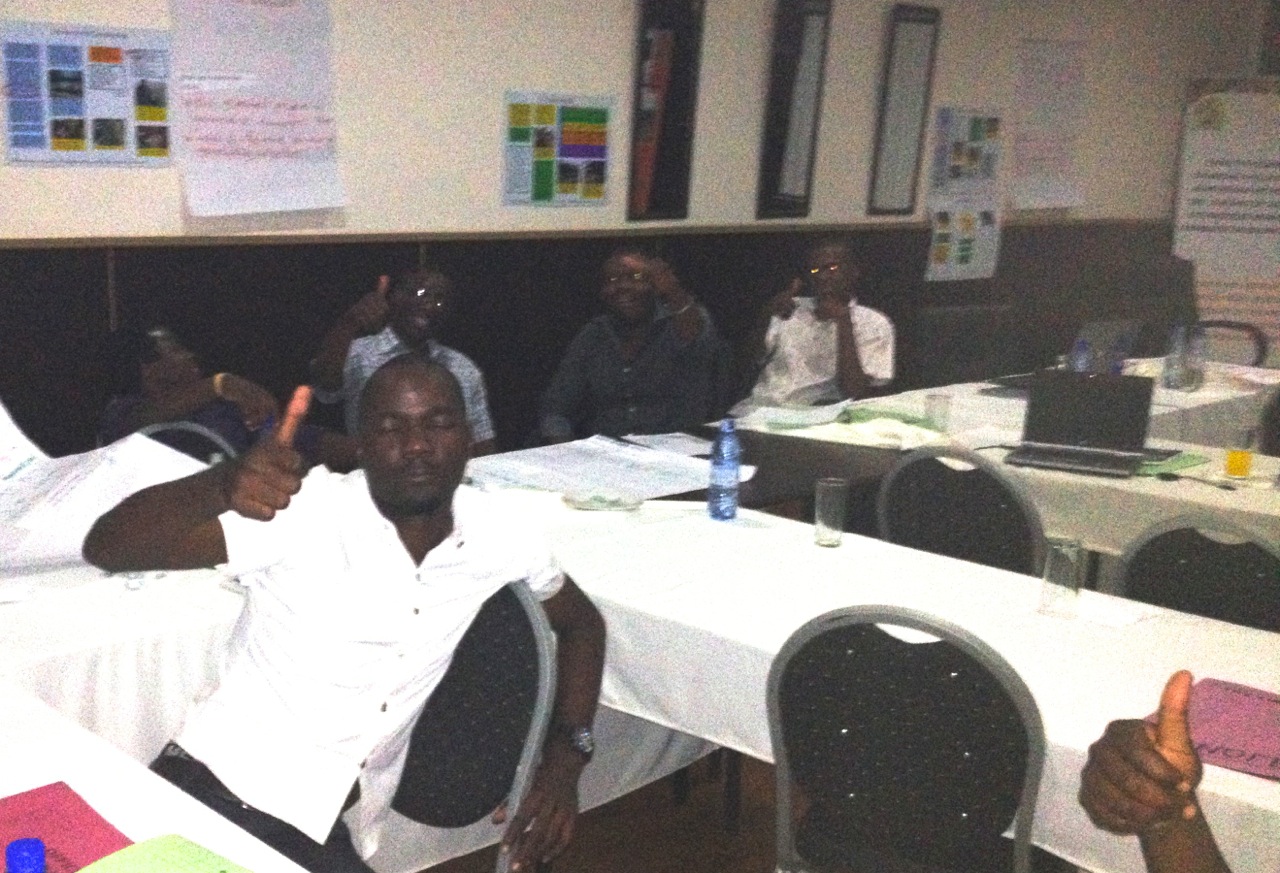
Thumbs up by the Sugar Project staff for the poster process (carried out after they’d had a long day in Fair Trade training). Note 3 of 13 posters on wall behind.


